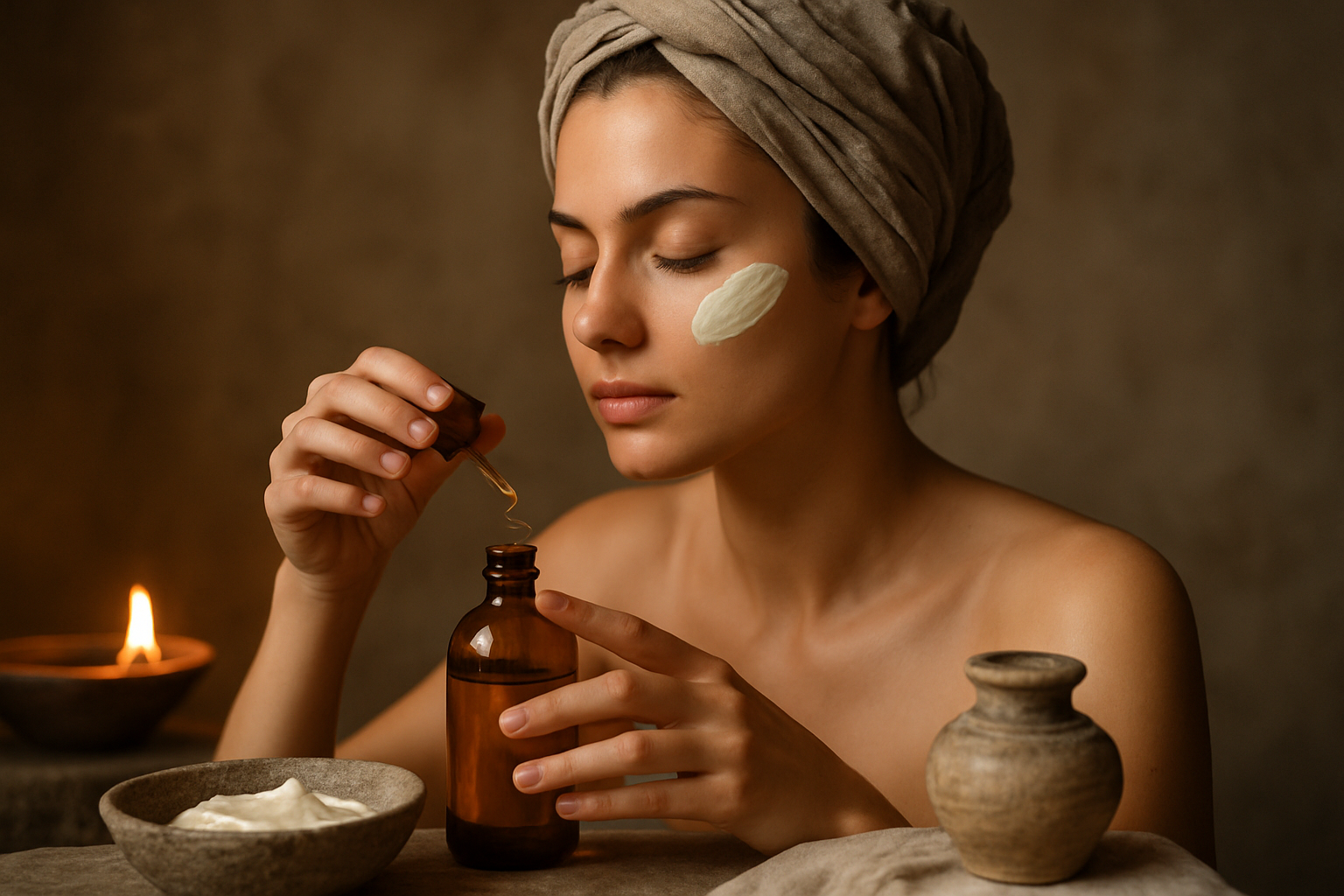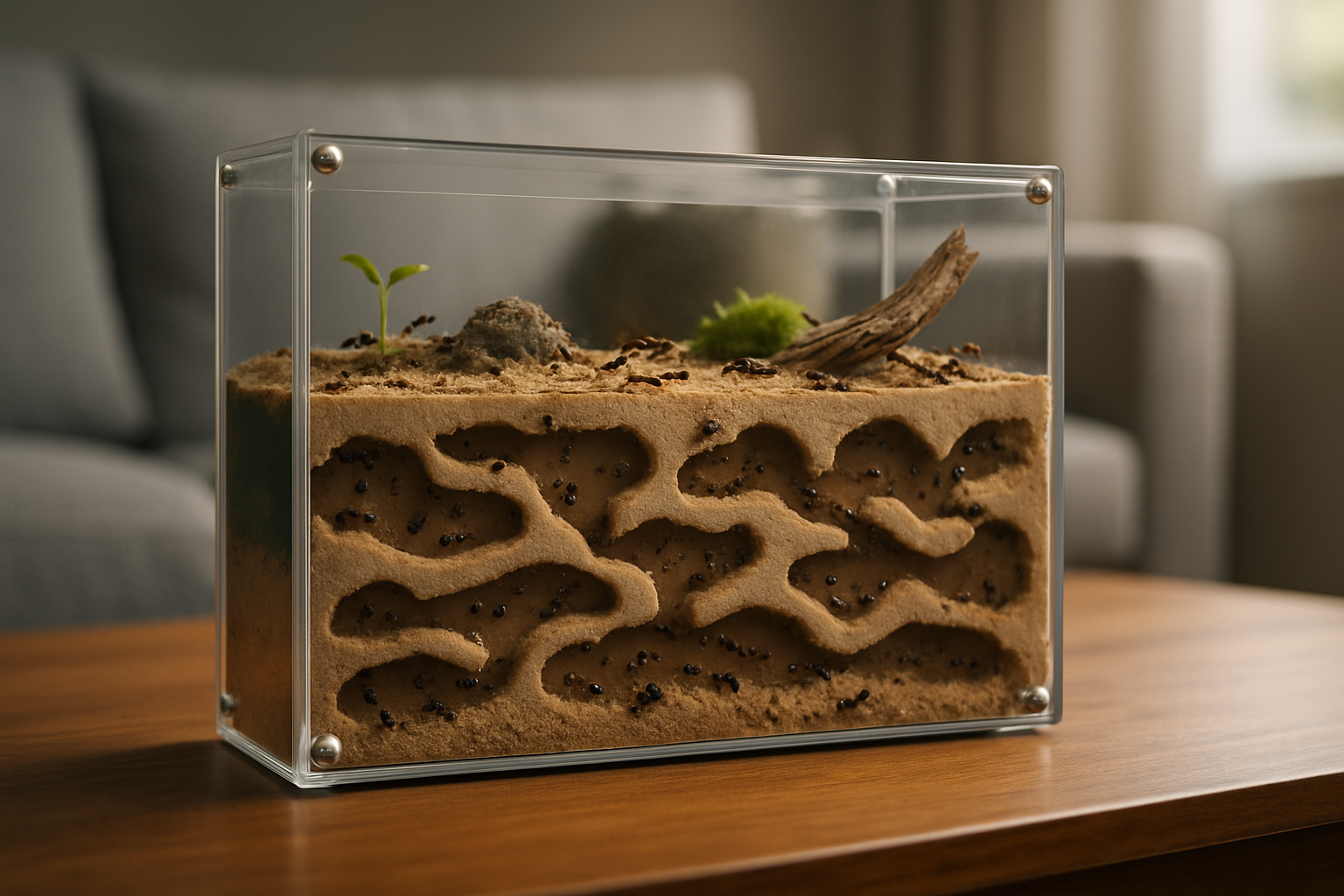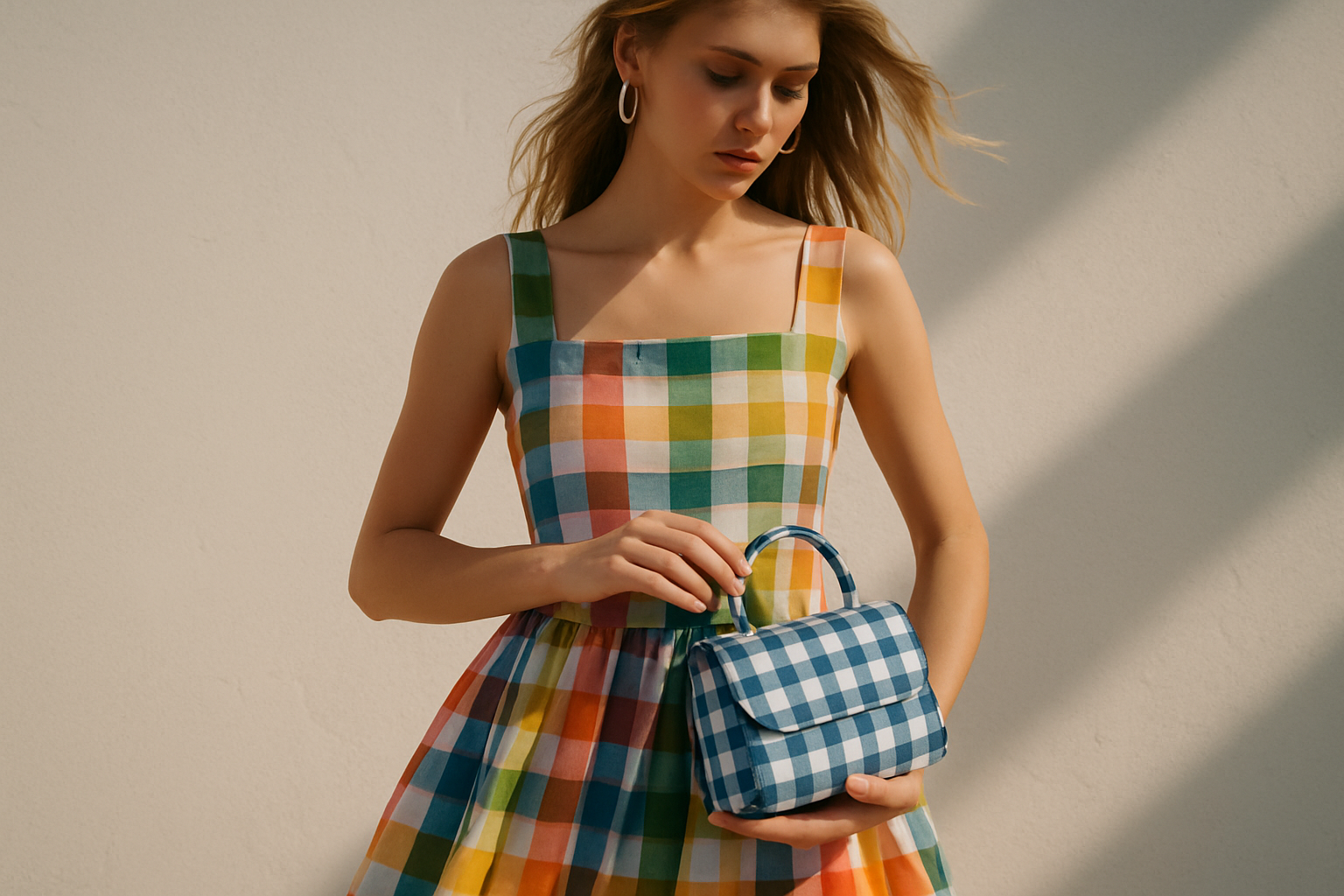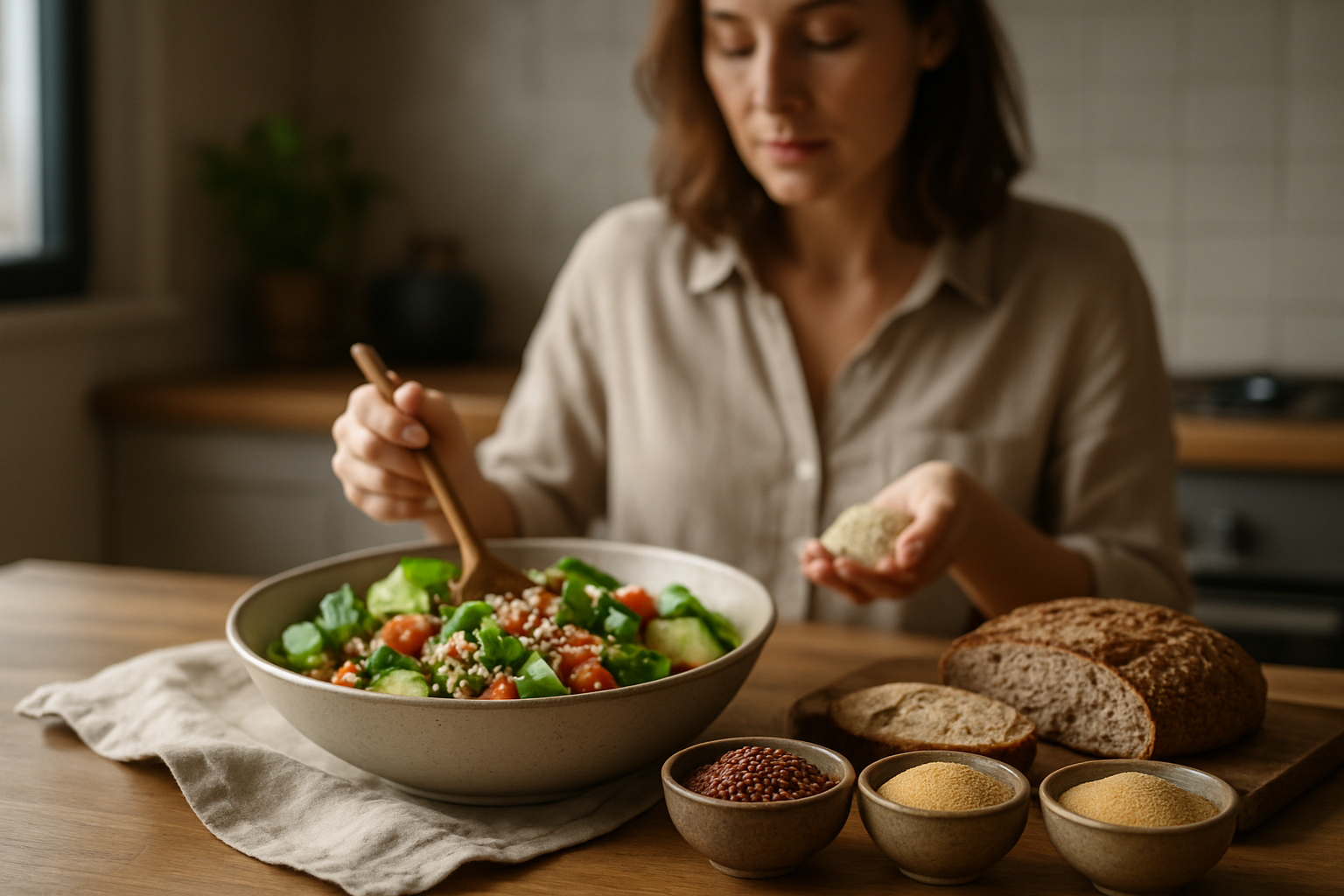Rewriting Beauty: The Resurgence of Ancient Beauty Rituals in Modern Skincare
Beauty is as old as civilization itself. Throughout history, different cultures have developed unique beauty and skincare rituals that reflected their natural environment, resources, and beliefs. While many of these ancient practices fell out of favor with the advent of modern, synthetic skincare products, there is a resurgence of interest in these time-tested rituals. The modern beauty industry is increasingly embracing these ancient philosophies, evolving them into new products and treatments that blend tradition with cutting-edge technology.

A Journey Back in Time: The Roots of Beauty Rituals
It’s fascinating to trace the roots of beauty rituals back to ancient civilizations. The Egyptians, for example, were renowned for their elaborate beauty rituals, using natural ingredients like honey for moisturization, and crushed beetles for a vibrant red lip color. The Greeks favored olive oil as a multi-purpose beauty elixir, while in India, Ayurvedic principles shaped beauty routines that focused on holistic wellness and balance.
These ancient rituals were not merely superficial. They were deeply intertwined with cultural practices, beliefs, and even spiritual rituals. They reflected a holistic view of beauty, where outer appearance was connected to inner health and well-being.
The Modern Revival: A Return to Roots
In the last few years, there has been a marked shift in the beauty industry. Consumers are increasingly skeptical of synthetic ingredients and are craving authenticity, transparency, and natural alternatives. This has led to a resurgence of interest in ancient beauty rituals, which offer natural, time-tested solutions.
For instance, the Korean skincare routine, inspired by traditional Hanbang medicine, focuses on layering products to achieve a luminous ‘glass skin’ effect. Another example is the use of Moroccan argan oil, which has been used by Berber women for centuries, but is now a key ingredient in many high-end hair and skin products.
The Benefits: Why Ancient Beauty Rituals Still Matter
The appeal of these ancient beauty rituals lies in their simplicity, naturalness, and effectiveness. They utilize potent natural ingredients that have been proven over centuries to nourish, rejuvenate, and beautify the skin. They also offer a holistic approach to beauty, emphasizing the link between physical appearance and overall well-being.
Moreover, these rituals add an element of mindfulness to skincare. They encourage us to slow down, connect with our bodies, and transform everyday routines into self-care rituals. This is a stark contrast to the quick-fix, instant-results mentality that dominates much of the modern beauty industry.
The Impact: Redefining the Beauty Industry
The resurgence of ancient beauty rituals is reshaping the beauty industry. Brands are innovating with product formulations, incorporating ancient ingredients and philosophies into their offerings. The rise of K-beauty, J-beauty, and G-beauty (Korean, Japanese, and German beauty, respectively) is testament to this trend.
This shift is also influencing beauty standards. The emphasis is moving away from unrealistic, one-size-fits-all ideals, and towards individuality, natural beauty, and holistic wellness. This is a much-needed change, promoting a more inclusive and positive perception of beauty.
The Future: A Blend of Old and New
As we look to the future, the beauty industry is likely to continue integrating ancient wisdom with modern technology. This fusion of old and new can offer the best of both worlds – the proven effectiveness of natural ingredients, with the precision and convenience of modern formulations.
The resurgence of ancient beauty rituals is more than just a trend. It’s a shift in how we perceive and experience beauty. It’s about returning to our roots, embracing naturalness, and redefining beauty as a holistic, personal, and mindful practice. As we rewrite the standards of beauty, we’re not just changing the products on our bathroom shelves – we’re changing the way we care for ourselves, inside and out.






